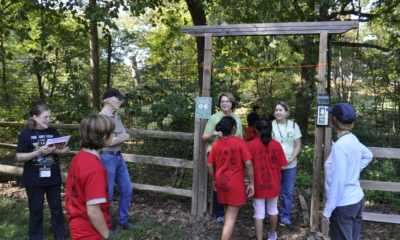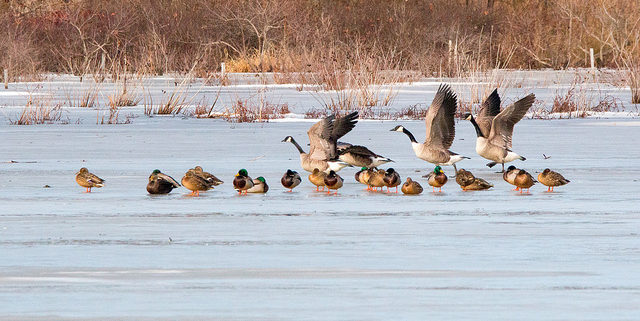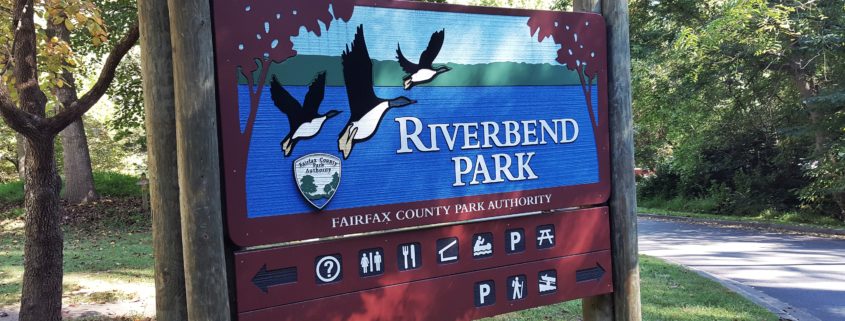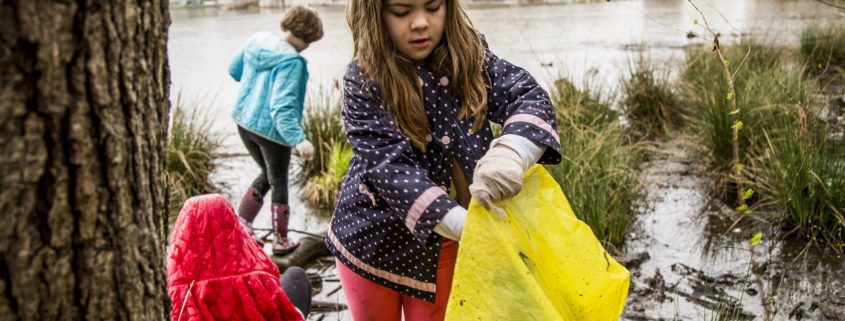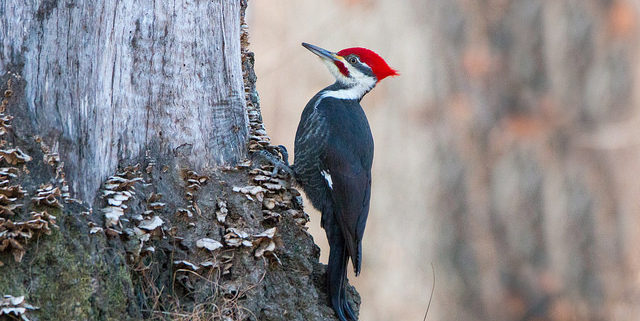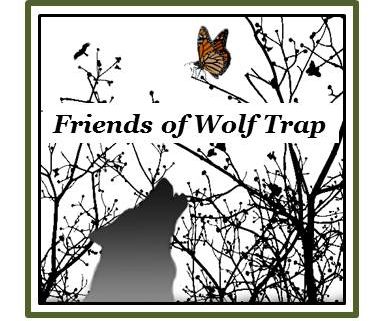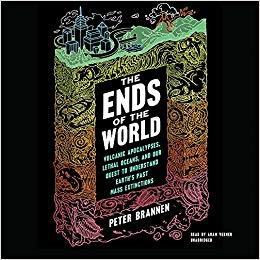Reviewed by Tami Sheiffer
Studying mass extinction events from tens or hundreds of millions of years ago shows us that life on Earth is both precarious and resilient. In The Ends of the World, science writer Peter Brannen vividly describes the five past mass extinction events: End-Ordovician, Late Devonian, End-Permian, End-Triassic, and End-Cretaceous, and the lessons we can learn from them. This book offers something of interest to anyone interested in natural history, paleontology, geology, climatology, ecology, or evolution.
Brannen paints vivid pictures of life and destruction eons ago, interwoven with his personal tales of travel around the country talking with scientists and visiting paleontological sites. You can preview Brannen’s writing in one of his science articles, like this one titled “A Climate Catastrophe Paved the Way for the Dinosaurs’ Reign,” published in The Atlantic. Occasionally, Brannen’s storytelling risks anthropomorphism, as when he describes the first fish to walk on land in the Devonian as “bold explorers” and “brave pioneers.” However, Brannen’s engaging writing makes this book enjoyable reading for a broad audience.
By studying the causes of past mass extinctions, we find that most were caused by climate change. The Earth’s climate has changed naturally in the past, but drastic changes were violent and caused massive destruction. Life is ultimately resilient, and, eventually, surviving species evolved to repopulate a new Earth, but life after the extinction looked very different from life before. In the most deadly mass extinction, the End-Permian event, nearly all life was wiped out. This extinction event was caused in part by volcanic activity in the Siberian Traps burning underground coal basins and releasing vast amounts of carbon dioxide into the atmosphere.
Our present day fossil fuel activity has a similar effect of releasing carbon dioxide into the atmosphere, but at an even faster rate than in the end-Permian extinction. The overarching theme of the book is that past mass extinctions can teach us lessons for the present, as we find ourselves in the midst of a sixth mass extinction. This time, human activity is the cause of the extinction–beginning tens of thousands of years ago with the loss of megafauna like marsupial lions, giant kangaroos, woolly mammoths, mastodons, and giant ground sloths due to hunting, and continuing today due to habitat loss and human-induced climate change. This book is ultimately a cautionary tale: learn from the past so we can avoid a catastrophe on the same scale today.
On March 20, 2019, Peter Brannen will be speaking at an event at the Library of Congress called “Climate Change, Nature, and the Writer’s Eye”, along with distinguished authors Annie Proulx and Amitav Ghosh. The authors will discuss environmental change and a writer’s responsibility to the issue. This event is approved for FMN continuing education credit. The event is free but registration is required.
Want to review a resource? We’d love to hear from you. Instructions for submission await your click and commitment.


